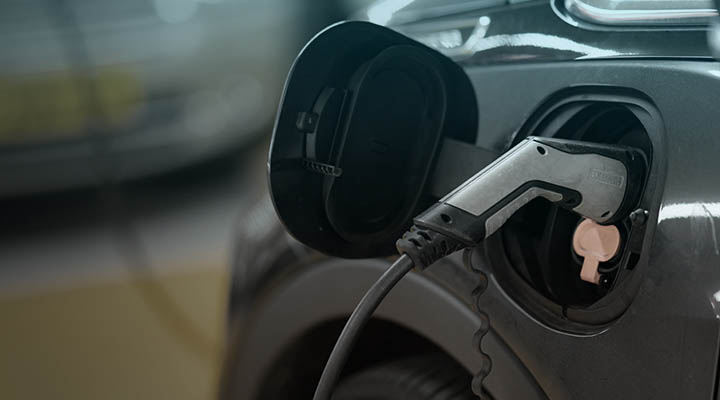The UK’s public charging network will need to satisfy the needs and wants of millennials, as the Electric Vehicle adoption rate is expected to increase to 25 million by 2035 from 212, 000 in UK.
As the public charging network expands and the EV market evolves, so will the type of EV drivers. It is predicted, as per National Grid Future Energy Scenarios, there could be 25 million EVs by 2035 and 35 million by 2040 in UK. This will be the fastest growing consumer base for a consumer product since the smart phone’s adoption in the early 2000s. The EV car market will penetrate multiple demographic groups across age, household income and location as it rapidly grows in the coming decade.
Currently EV drivers are dominated by eco-friendly, and/or tech-savvy early adopters. Where early adopters are renowned for their patience and a sense of loyalty to improve the usability and reliability of the network the early majority will be far less loyal. The domination of early adopters in the EV car market space will only last for so long, as automotive manufacturers like Volkswagen, BMW, Peugeot and Honda plan rapid expansion of their EV line-up encouraging the next wave of consumers to join the evolution. This will introduce different flavours of EV drivers and will shape the definition of ‘convenience’ and ‘experience’ for public charging.
For the public charging network operators to survive and stay relevant, they must service the growing wants and needs of an evolving customer base. It is evident that as we look abroad to the other markets such as the US, China and Norway, research shows varying consumer behaviours between these markets. This variation is due to many factors such as environment, government and the EV eco-system. For the UK, certain aspects of this research can be applied, but most of the learning must come from UK consumer data and analytics to produce a reliable charging network.
It is imperative that EV network operators collect data related to EV driver behaviours and then constantly evolve and expand their services and offering based on this data. For example, the current definition of ‘convenience’ for early adopters is the location of the physical charge point. This translates to ensuring charge points are installed in places that are attractive to consumers in including remote, urban and city locations. The challenging question is how to determine these attractive locations? As millennials join the EV car market, whether through car ownership or car sharing (the likes of Uber), it’s very likely that the definition of convenience will change from the location of charge points to something more disruptive like the model of paying for charging, or the overall user experience.
As global and local companies are racing to hold the largest EV charging network in UK, they are addressing the immediate customer needs of insufficient charge points. However, the data collected across the coming years will provide insights that will shape consumer needs like cheaper tariffs during peak hour, brand and loyalty and location preferences. Data is the answer to all of these questions. The company that is able to understand consumers charging behaviours will be able to act more swiftly and build consumer loyalty and trust.
Published
April 29, 2024Reading time
2 minutesRelated posts





